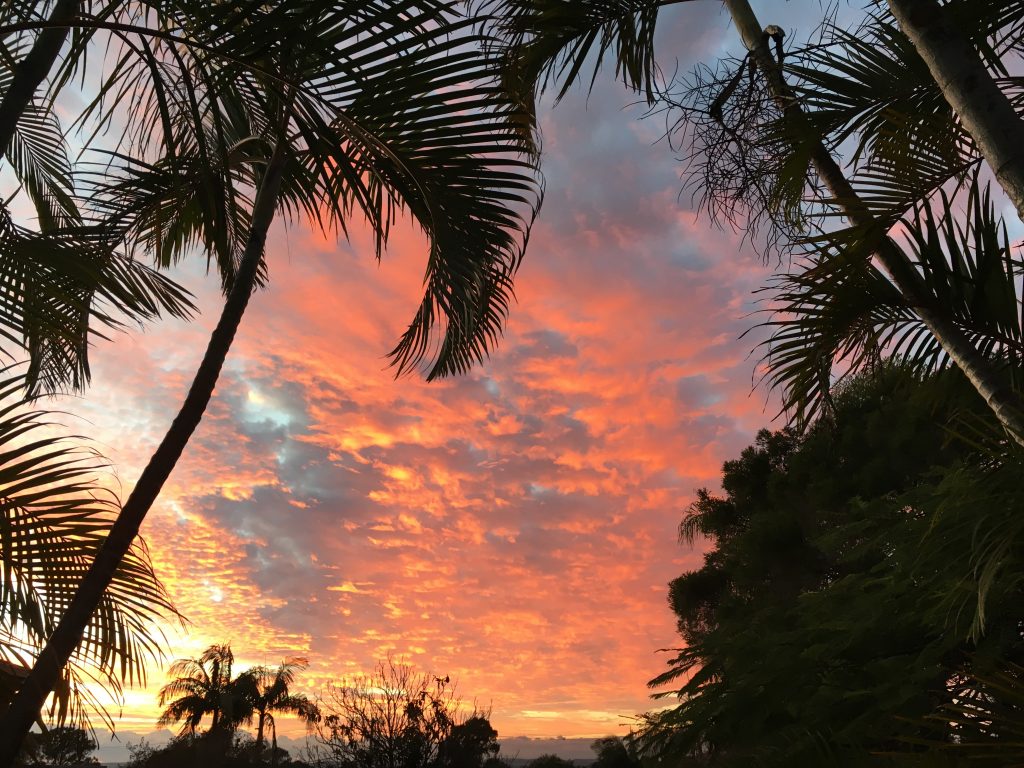“Guru yoga,” or union with the nature of the teacher – uniting with the mind of the teacher – is an essential practice of Tibetan Buddhism, which is based on deep devotion to the spiritual master.
We should understand that the depth and dimension of this devotion transcends any notion of “blind faith.” The devotion discussed here arises from the recognition of the immeasurable qualities of enlightenment of which an authentic spiritual teacher is the living example.
The practice consists of mixing our mind with the teacher’s mind through meditation, which enables us to break the limits of our confused and limited vision. Our narrow inner sphere mingles with the immense space of the teacher’s enlightenment.
From the ultimate point of view, it is simply rediscovering the true nature of our mind, its luminous emptiness and original freedom. But this process can rarely occur without the catalyst which is the practice of guru yoga.
Through the outer teacher we can recognize the inner teacher. We read in many tantras and commentaries that, of all the practices of Buddhism, guru yoga is the most essential and the most effective for removing obstacles and progressing swiftly and surely on the path.
For this reason, it is crucial to rely on an authentic spiritual master who has all the qualities of wisdom and compassion described in the teachings.
Source: Taken from Ricard, Matthieu. On the Path to Enlightenment: Heart Advice from the Great Tibetan Masters. Shambhala. Kindle Edition.
Further Notes
Guru Yoga (Sanskrit) is “a practice in which one accepts a spiritual master or religious teacher, such as Guru Padmasambhava, as the object and source of spiritual inspiration, blessing, and awakening.”
Source: Thondup, Tulku. Peaceful Death, Joyful Rebirth: A Tibetan Buddhist Guidebook. Shambhala. Kindle Edition.
Guru yoga, or mentor bonding, is a unique, although often misunderstood, aspect of Tibetan Buddhism.
Source: Neale, Miles. Gradual Awakening: The Tibetan Buddhist Path of Becoming Fully Human. Boulder, Colorado: Sounds True, 2018.

The guru is like a wish-fulfilling jewel granting all the qualities of realization … he is the equal of all the buddhas. To make any connection with him, whether through seeing him, hearing his voice, remembering him, or being touched by his hand, will lead us toward liberation. To have full confidence in him is the sure way to progress toward enlightenment.
(His Holiness Dilgo Khyentse Rinpoche)
